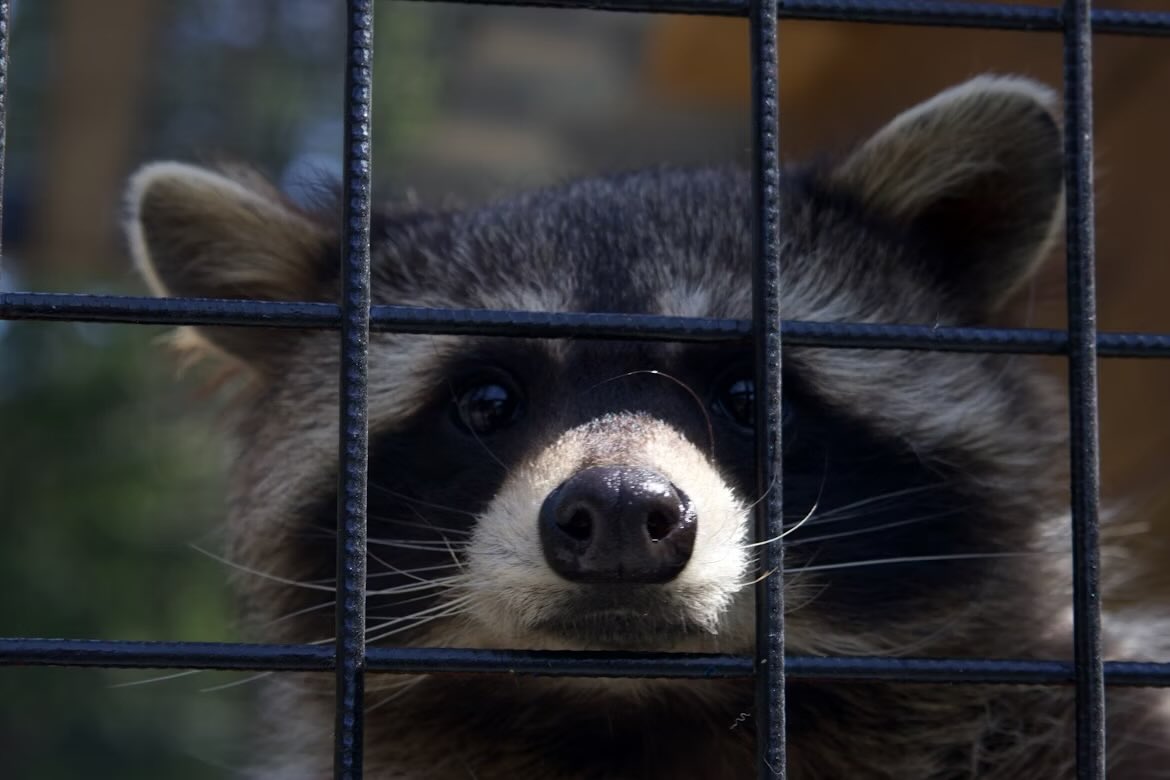How to Remove Raccoons from Your Attic

Homeowners across the GTA know how unnerving raccoons can be when they decide to move indoors. Just ask one Toronto woman who had a family of raccoons invade her row house after renovations disturbed a neighbouring property. For weeks, she endured scratching, screaming, and sleepless nights while her frightened dog barked at the walls. Cases like hers aren’t rare, and they highlight just how persistent raccoons can be when they find a safe and warm place inside an attic space.
At SWAT Wildlife, we’ve spent years handling raccoon infestations across Toronto, Mississauga, Brampton, Oakville, and beyond. Homeowners often ask us how to get raccoons out of the attic or what to do when hearing strange noises above their ceiling at night. The truth is, raccoons are clever creatures, and removing them properly requires a humane approach, careful planning, and follow-up work that keeps them from coming back. Here’s what you need to know.
How to Get Rid of Raccoons in Your Attic
Identify Entry Points & Signs
The first step in dealing with raccoons in the attic is a thorough inspection. Raccoons usually leave behind damaged vents, broken soffits, or holes in the roof. You might also spot raccoon droppings, shredded insulation, or footprints near possible entry points.
Some homeowners mistake the noise for rodents or other animals, but the size of the damage often gives away a raccoon problem. Locating every entry hole is critical to prevent future re-entry.
Use Humane One-Way Doors
Once entry points are identified, the most effective tool for removal is a one-way door. This device allows raccoons to exit at night when they head out in search of food but prevents them from re-entering.
Compared to a raccoon trap, raccoon eviction fluid, or other DIY methods, this humane approach avoids causing harm while still getting all the raccoons removed from your attic.
Check for Babies Before Sealing
Spring and early summer bring a unique challenge. A female raccoon will often choose an attic as a nursery for baby raccoons, taking advantage of the warmth and insulation. If those young raccoons are left behind when the mother is excluded, you’ll be dealing with an even worse situation.
This is where our professional wildlife removal specialists can provide valuable service. They know how to spot hidden nests and safely relocate a mother raccoon and her kits together.
Seal & Protect the Attic
Once raccoons are safely removed, long-term protection becomes the priority. Every entry hole must be sealed with strong materials like metal flashing or heavy-gauge wire mesh to stop raccoons from entering again. Inside the attic, contaminated insulation should be addressed, since raccoon feces and urine carry diseases such as raccoon roundworm. Cleaning also prevents lingering odours from attracting other animals.
Beyond repairs, it’s smart to deter raccoons by limiting easy food sources such as open trash cans or bird feeders. SWAT Wildlife not only handles raccoon removal services but also provides Attic and Crawlspace Insulation and Attic Infestation Services to restore your attic space after significant damage.
Ready to Take Back Your Attic?
Raccoons in your attic can cause roof damage, chew electrical wires, and leave behind dangerous raccoon feces. Knowing how to get rid of raccoons in your attic takes more than guesswork, and the safest option is to have professionals handle it.
At SWAT Wildlife, we specialize in humane raccoon removal that respects the animals while protecting your home from further damage. If you’re hearing strange noises above your ceiling or suspect a raccoon entering your roof, don’t wait for the problem to grow. Get in touch today for expert help and long-lasting solutions.